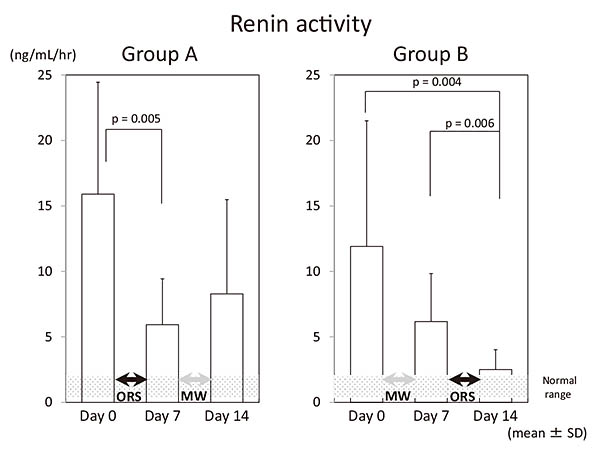1 巻, 3 号
選択された号の論文の6件中1~6を表示しています
- |<
- <
- 1
- >
- >|
REVIEW ARTICLE
-
2017 年 1 巻 3 号 p. 65-73
発行日: 2017/07/27
公開日: 2018/05/25
PDF形式でダウンロード (145K) -
2017 年 1 巻 3 号 p. 74-77
発行日: 2017/07/27
公開日: 2018/05/25
PDF形式でダウンロード (88K)
ORIGINAL RESEARCH ARTICLE
-
2017 年 1 巻 3 号 p. 78-83
発行日: 2017/07/27
公開日: 2018/05/25
PDF形式でダウンロード (163K) -
2017 年 1 巻 3 号 p. 84-88
発行日: 2017/07/27
公開日: 2018/05/25
PDF形式でダウンロード (116K)
PRACTICE GUIDELINES
-
2017 年 1 巻 3 号 p. 89-99
発行日: 2017/07/27
公開日: 2018/05/25
PDF形式でダウンロード (141K)
CASE REPORT
-
2017 年 1 巻 3 号 p. 100-105
発行日: 2017/07/27
公開日: 2018/05/25
PDF形式でダウンロード (2931K)
- |<
- <
- 1
- >
- >|



